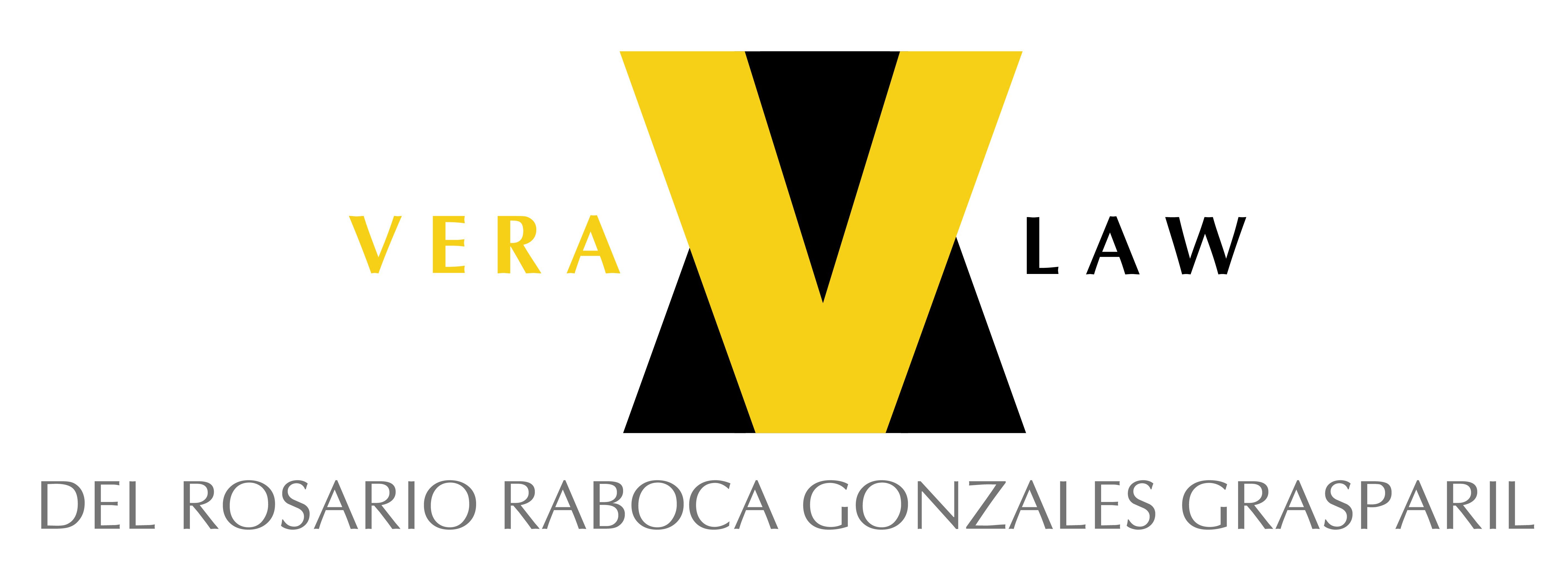The Coronavirus Disease 2019 (“COVID-19”) has deeply affected the operations of businesses. In order to mitigate the spread of COVID-19, most businesses have adopted alternative work arrangements including operating at reduced capacity or implementing work from home arrangements. Face-to-face interactions are discouraged.
In line with this new normal situation, businesses have become heavily reliant on online interactions in order to continue operating. Traditional meetings, where people get together in person to discuss the trajectory of their business, has been replaced by meeting through teleconferencing. Teleconferencing means conducting meetings through an electronic medium while the participants are in various remote locations.
Under Sec. 52 of the Revised Corporation Code, “directors or trustees who cannot physically attend or vote at board meetings can participate and vote through remote communication such as videoconferencing, teleconferencing, or other alternative modes of communication that allow them reasonable opportunities to participate.” Further, in SEC Memorandum Circular No. 6 dated 12 March 2020, if a director or trustee intends to participate in a meeting through remote communication, he/she shall notify the Presiding Officer and the Corporate Secretary of his/her intention. Such fact should be included in the Minutes of the meeting.
Take note, however, that the Revised Corporation Code allows only the Directors or Trustees to meet through teleconferencing. It does not provide for a similar authority to the stockholders or members. To address this vacuum, SEC issued Memorandum Circular No. 6 whereby the meeting of stockholders through teleconferencing shall also be allowed when (a) it is provided in the bylaws, or (b) it is allowed by the majority of the board of directors or trustees, however, such authority is limited only for that particular meeting. Similar to the teleconference meeting of the directors or trustees, should a stockholder or member intend to participate in a meeting through remote communication, he/she shall notify the Presiding Officer and the Corporate Secretary in advance and that fact should be included in the Minutes of meeting.
In sum, the directors or trustees are explicitly authorized by the Revised Corporation Code to attend and participate in regular or special meetings through teleconferencing, with or without express authority under the corporation’s bylaws. On the other hand, for stockholders or members, such authority must be provided explicitly in the bylaws. Otherwise, the shareholders and members will need to get the majority vote of the Board of Directors or Trustees to allow them to meet through teleconferencing with the understanding that such authority is limited only for that particular meeting. If the corporation wants attendance by shareholders through teleconference to become a permanent allowable mode of attendance, the corporation must amend its bylaws accordingly.

